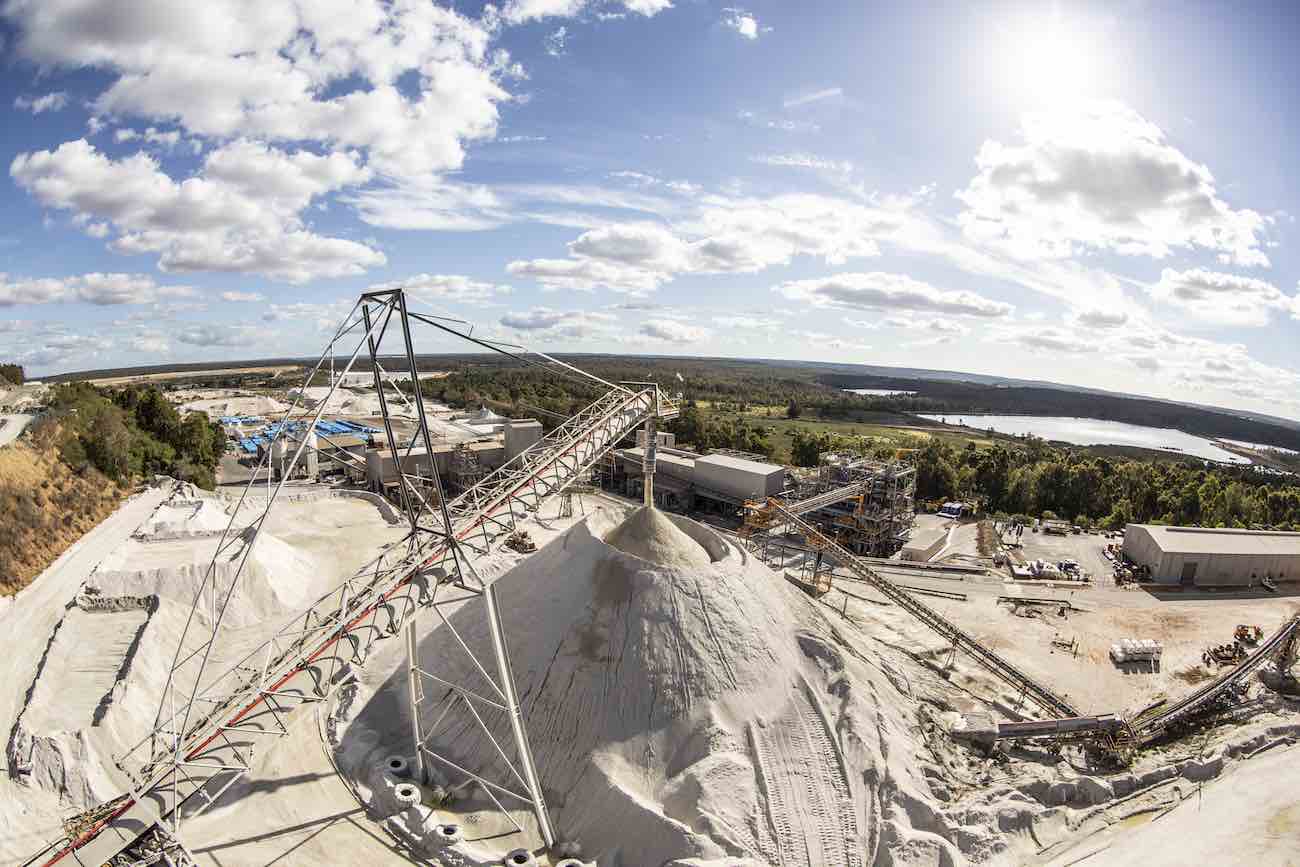
Cementitious materials are stabilization agents that have the sole purpose of increasing the bearing strength and the compressive strength of the composite material they are added to. The final strength is determined by the number of stabilization agents. As the amount of cementitious stabilization agent increases, the stabilized materials become more brittle and less flexible, thus the compacted layer can spread more stresses under the wheel loading. Cementitious stabilization agents include:
It is of importance to determine the moderate amount of the agent based on a proper mix design to achieve the best in-service performance. However, it is worth noting that the excessive cementitious agents could give rise to shrinkage cracking.
In this article, Global Road Technology evaluates cementitious materials specifically focusing on cement, lime, and fly ash.
There are several advantages to using cementitious materials as stabilization agents and the following are some of them:
However, there are also disadvantages to using cementitious materials as stabilization agents and the following are some of the downsides:
Strictly speaking, cement was the first formally used stabilization agent in the USA in 1917. Among all the stabilization agents, cement is the most used for superiority in cost and availability. In addition, cement endows the recycled materials with enhanced strength. In the design process, many material properties should be considered including the unconfined compressive strength (UCS), the indirect tensile strength (ITS), the rate of strength gain, durability, and cracking potential. To improve the comprehensive performance of bitumen stabilized marginal materials, cement is commonly employed as an activator to enhance the strength without much loss of the flexibility of bitumen stabilized material (BSM), On one hand, when blended with foamed bitumen, the active filler acts as a catalyst for dispersion. On the other hand, when mixed with bitumen emulsion, the active filler can accelerate breaking. Therefore, cement is typically employed in conjunction with a bituminous stabilization agent and a small amount of cement could lead to a great improvement of comprehensive performance of BSM. To accelerate the breaking of the emulsion and shorten the construction time, cement is also commonly added to the bitumen emulsion,
For plastic materials, lime is the preferred stabilization agent since free lime, the predominant ingredient, can easily react with other substances such as water, and consequently, strength is developed. Lime can reduce plasticity (PI>10%) via hydration and this works with clay particles as well. In addition, lime can reduce hydration swelling and improve load capability. Limestone, hydrated lime slurry, and hydrated lime are different forms of lime that are often used in cold recycling projects. At the same time, different states of lime have different effectiveness. Lime is employed as an active filler to enhance strength without loss of flexibility. Lime can absorb water and thus stiffen the mixtures, providing a sufficient bearing capacity for further overlaying work. Lime enhances the resistance to moisture damage and permanent deformation of cold in-place recycled mixes with better results compared to Portland cement. However, the application of Portland cement is more popular while producing lime slurry is much more difficult.
Fly ash can be obtained from sub-bituminous or lignite. Class C fly ash is a coal combustion product commonly used in cold recycling projects to enhance the structural bearing capacity of base layers in asphalt roads. Research findings have shown that fly ash can increase the strength of the mix, enhance the resistance to moisture damage, and decrease the permeability of cold recycling mixes and the potential for wheel path rutting. The use of fly ash in cold recycling projects can significantly reduce the cost and energy consumption. Sometimes fly ash is also used with emulsified asphalt to reduce the potential of wheel path rutting and moisture damage. Cold recycling stabilization with self-cementing fly ash has the advantages of lower cost and good environmental effects. Cement-fly ash stabilization is also common, and evaluation of pavement performance shows that cement-fly ash content has a significant influence on the optimum moisture content of the mixture and the maximum dry density.
Economic cost, availability of stabilization agents, reclaimed material properties, expected in-service performance, the experience of the owner agency and local contractors, as well as government policy, should be considered when choosing the most appropriate stabilization agent. The primary concerns for agents selecting are always the service performance and unit cost. In general, cementitious stabilization agents are extensively used in the pavement construction industry.
https://www.sciencedirect.com/science/article/abs/pii/S0950061818313928?via%3Dihub
Your feedback is important to us. If you enjoyed reading this Global Road Technology industry update and found it informative, please let us know by leaving a REVIEW.
Are environmental regulations, health and safety concerns or potential profit loss a concern right now?
Contact Us Now